Lehigh University
Office or Center Name Here
2022 Fazlur R. Khan
Distinguished Lecture Series
Honoring a legacy in structural engineering and architecture
Distinguished Lecturers |
||||
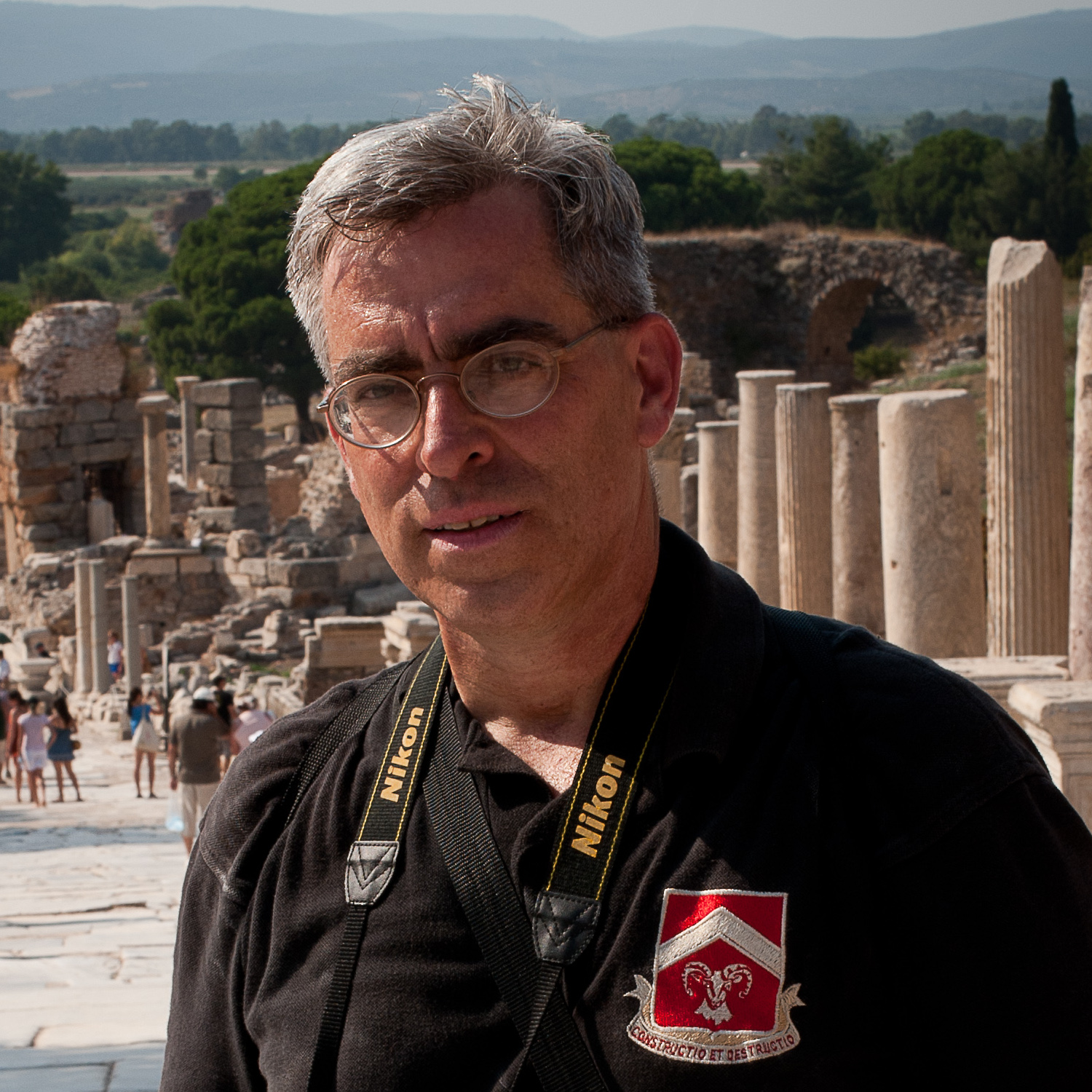 |
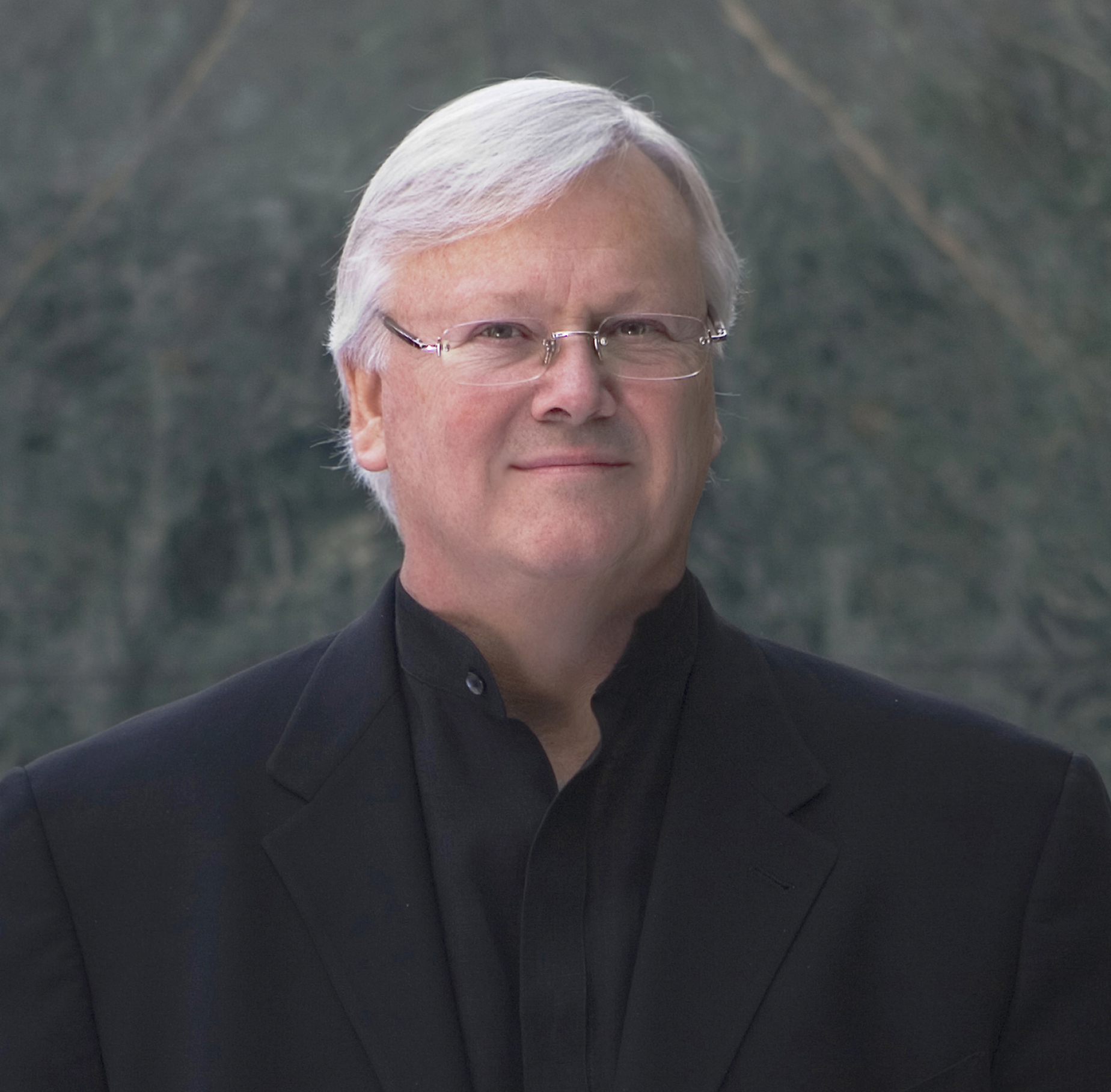 |
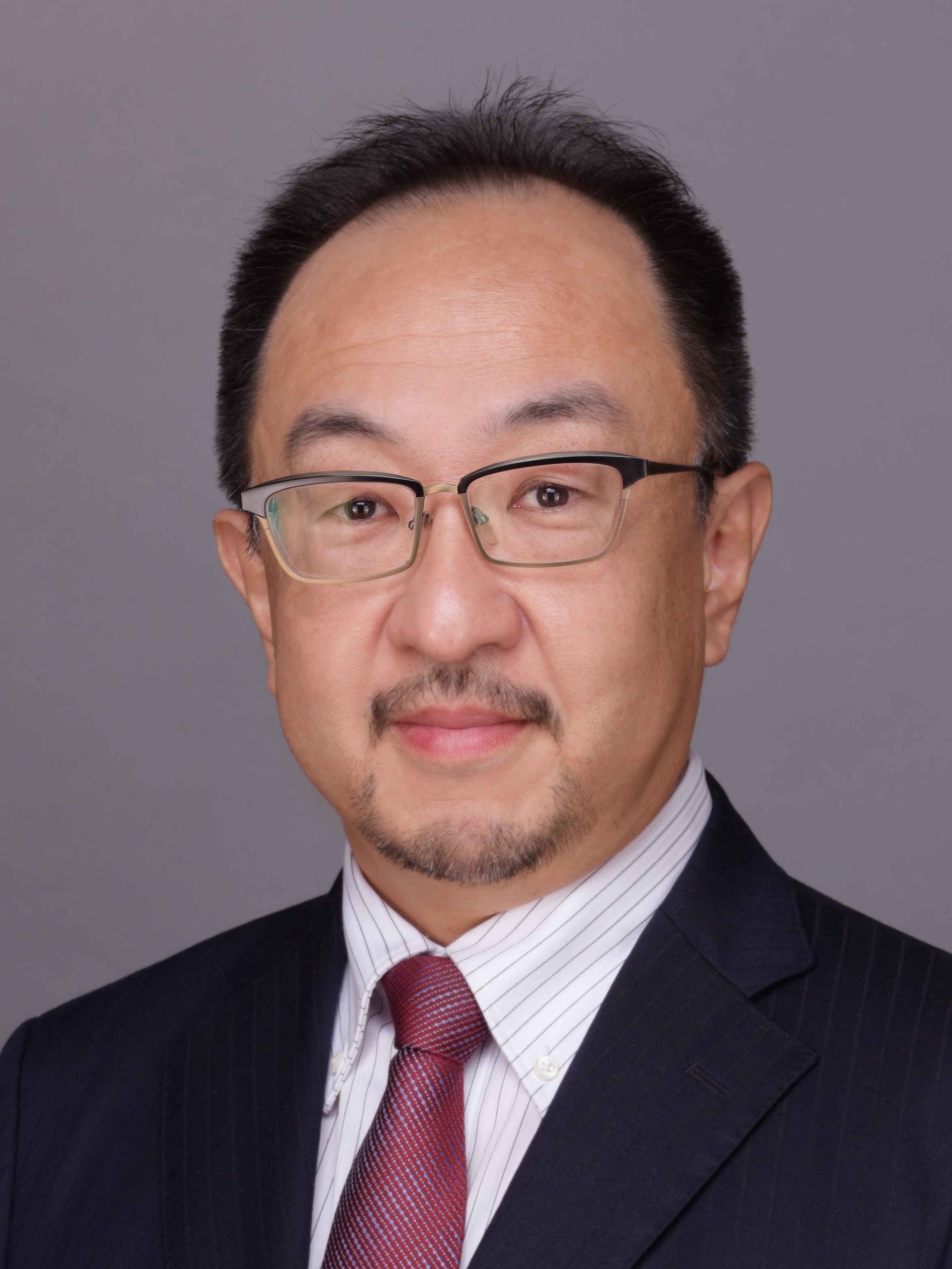 |
||
| STEPHEN J. RESSLER Professor Emeritus from the U.S. Military Academy (USMA) at West Point, NY; Current President of the Lehigh Valley Section, ASCE |
ADRIAN D. SMITH Partner, Adrian Smith + Gordon Gill Architecture, Chicago, IL |
MITSUYOSHI AKIYAMA Professor and Chair of the Department of Civil & Environmental Engineering, Waseda University, Tokyo, Japan | ||
| The Ashtabula Bridge Disaster and the Advent of Civil Engineering Professionalism |
Suptertall Towers + Green Cities | Increasing the Resilience of Highway Bridges Under Multiple Hazards Including Earthquake, Tsunami, Corrosion and Climate Change | ||
STEPHEN J. RESSLER
Professor Emeritus from the U.S. Military Academy (USMA) at West Point, NY; Current President of the Lehigh Valley Section, American Society of Civil Engineers (ASCE)
The Ashtabula Bridge Disaster and the Advent of Civil Engineering Professionalism
Friday, February 18, 2022– 4:30 pm
click here to view videoOverview:
The Ashtabula Bridge Disaster and the Advent of Civil Engineering Professionalism. Constructed in 1865, the 154-foot railroad truss bridge over the Ashtabula River in northeastern Ohio represented a unique and innovative response to the challenge of adapting traditional timber bridge-building techniques to a new and fundamentally different structural material—iron. The Ashtabula Bridge served its purpose with minimal problems for eleven years. But on the evening of December 29th, 1876, during a severe blizzard, the structure collapsed under the weight of a routine service loading—a passenger train pulled by two steam locomotives. Tragedy then turned to unspeakable horror, as coal-fired heating stoves in the passenger coaches set the wreckage on fire. Within minutes, many passengers who had survived the collapse perished in an uncontrollable blaze. The official death toll was 92—but the actual number was probably much higher, because there was no reliable count of passengers on the train. The Ashtabula Bridge disaster was America’s worst rail accident up until that time. The event shocked the nation and prompted a rigorous response from the civil engineering professional community.
MORE DETAILS available on Ressler's presentation. (PDF)
ADRIAN D. SMITH
Partner, Adrian Smith + Gordon Gill Architecture, Chicago, IL
Suptertall Towers + Green Cities
Friday, March 25, 2022– 4:30 pm
click here to view videoOverview:
Supertall Towers + Green Cities. Adrian D. Smith, FAIA is one of the first American architects to design supertall buildings internationally. During his 50+-year career, his work has shown an evolving interest in the use of vernacular and indigenous forms and compositions together with state-of-the-art systems and technologies to integrate new buildings into the regional context. As a leading expert on the advanced technology of supertall towers and their impact on cities, this talk will explore projects that have effectively reduced negative environmental impacts, while simultaneously improving the overall quality of life in the city. His talk will feature major international projects including the Burj Khalifa, Jeddah Tower, and plans for a self-sustaining satellite city in China.
MORE DETAILS availalable on Smith's presentation. (PDF)
MITSUYOSHI AKIYAMA
Professor and Chair of the Department of Civil & Environmental Engineering, Waseda University,
Tokyo, Japan
Increasing the Resilience of Highway Bridges Under Multiple Hazards Including Earthquake, Tsunami, Corrosion and Climate Change
Friday, April 29, 2022– 4:30 pm
click here to view videoOverview:
Increasing the Resilience of Highway Bridges Under Multiple Hazards Including Earthquake, Tsunami, Corrosion and Climate Change. After recent large earthquakes, such as the 2011 Great East Japan earthquake and 2016 Kumamoto earthquake, field investigations confirmed that several bridges were severely damaged and collapsed not only due to the earthquake, but also to the subsequent tsunami, landslide or fault displacement. In addition, long-term material deterioration might have an important impact on structural damage to bridges. Therefore, it is important to study multiple hazards and their effects on the reliability, risk and resilience of bridges and bridge networks. Although earthquake is still a dominant hazard to bridges in many earthquake-prone countries, a life-cycle reliability and risk approach has to consider all hazards causing bridge failure during the structure’s lifetime including climate change effect. Such an approach is presented in this lecture. In addition, issues on how to ensure the reliability, reduce the risk and enhance the resilience of bridges and bridge networks under multiple hazards are discussed. Finally, the concepts and methods presented are illustrated on both individual bridges and bridge networks.
MORE DETAILS available on Akiyama's presentation. (PDF)
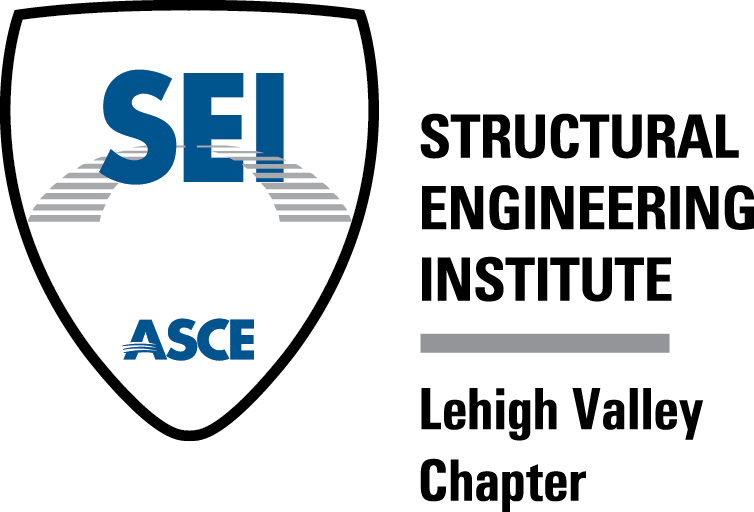 |
|
2022 Fazlur R. Khan Distinguished Lecture Series Poster (PDF)
The Fazlur R. Khan Distinguished Lecture Series has been initiated and organized by Dan M. Frangopol, the first holder of Lehigh's Fazlur Rahman Khan Endowed Chair of Structural Engineering and Architecture.
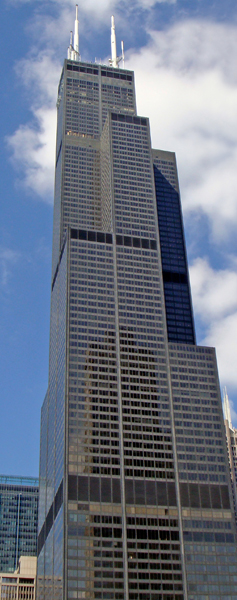
Willis (formerly Sears) Tower
The Fazlur R. Khan Distinguished Lecture Series honors Dr. Khan’s legacy of excellence in structural engineering and architecture.